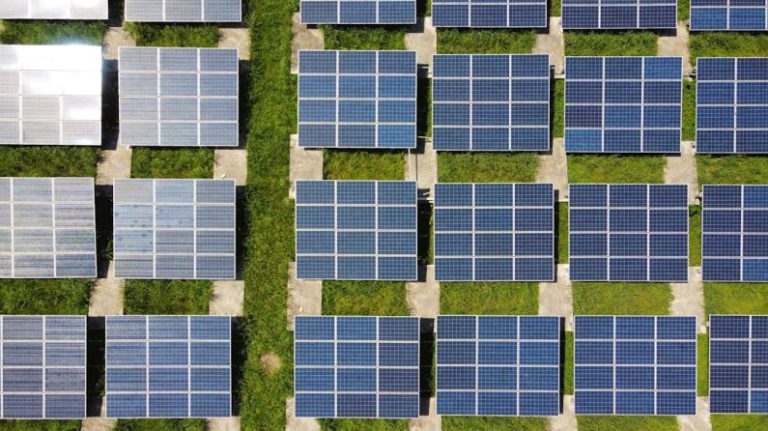Building Green Warehouses for Retreaded Tire Storage
Sustainable practices are becoming increasingly prevalent in every sector of industry, including the warehousing and logistics industry. As the world moves towards a more environmentally conscious future, the need for eco-friendly warehouse solutions is more pressing than ever. In this regard, the construction of green warehouses for retreaded tire storage is a game-changer that not only addresses the storage needs of the tire industry but also contributes to a greener, more sustainable environment.
**The Importance of Green Warehouses**
Traditional warehouses are known for their high energy consumption, waste generation, and carbon footprint. However, green warehouses offer a more sustainable alternative that minimizes environmental impact. By incorporating eco-friendly practices and materials into the design and construction of warehouses, companies can significantly reduce their energy costs, water usage, and overall environmental footprint.
**Designing Eco-Friendly Warehouses for Retreaded Tire Storage**
When it comes to storing retreaded tires, certain design considerations need to be taken into account to ensure the safety and longevity of the stored tires. Green warehouses for retreaded tire storage should be designed with sustainability in mind, incorporating features such as natural lighting, energy-efficient HVAC systems, and rainwater harvesting systems.
**Natural Lighting**
Natural lighting not only reduces the need for artificial lighting during the day but also provides a more pleasant working environment for warehouse staff. Skylights, large windows, and light tubes can be incorporated into the warehouse design to maximize the use of natural light, thus reducing energy consumption.
**Energy-Efficient HVAC Systems**
Heating, ventilation, and air conditioning (HVAC) systems are essential for maintaining optimal conditions for tire storage. Energy-efficient HVAC systems can help reduce energy consumption and operating costs while ensuring that the stored tires are kept in the right conditions to prevent degradation.
**Rainwater Harvesting Systems**
Rainwater harvesting systems can be installed to collect and store rainwater for non-potable uses such as irrigation, toilet flushing, and fire suppression. By utilizing rainwater for these purposes, warehouses can reduce their reliance on municipal water sources and lower their overall water consumption.
**Sustainable Materials**
When constructing a green warehouse for retreaded tire storage, using sustainable materials is key to reducing the environmental impact of the building. Recycled materials, low-VOC paints, and sustainable insulation can all be incorporated into the construction process to create a more eco-friendly warehouse.
**Benefits of Green Warehouses for Retreaded Tire Storage**
Green warehouses offer a wide range of benefits for companies in the tire industry. Not only do they help reduce operating costs and energy consumption, but they also improve the overall sustainability of the supply chain. By investing in green warehouses for retreaded tire storage, companies can demonstrate their commitment to environmental stewardship and attract environmentally conscious customers.
**Driving Towards a Greener Future**
As the demand for sustainable solutions continues to grow, the construction of green warehouses for retreaded tire storage is a step in the right direction. By incorporating eco-friendly practices and materials into warehouse design and construction, companies can reduce their environmental impact while ensuring the safety and integrity of stored tires. Building green warehouses is not just about meeting storage needs—it’s about building a more sustainable future for generations to come.






